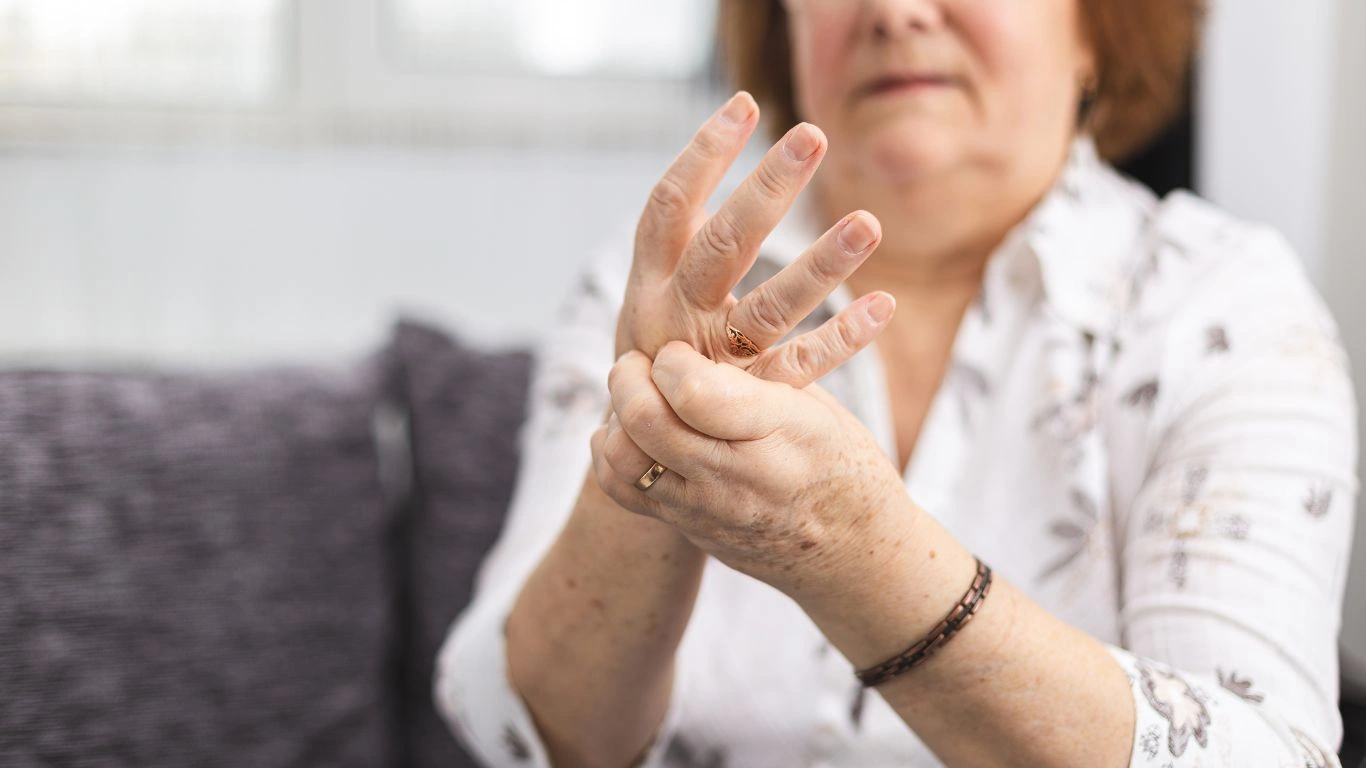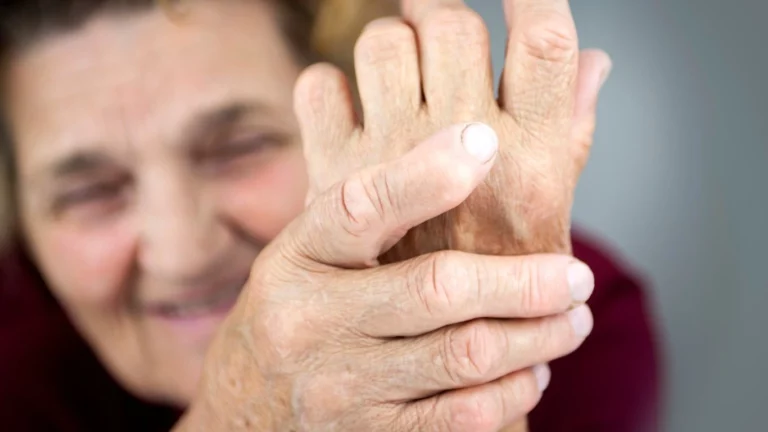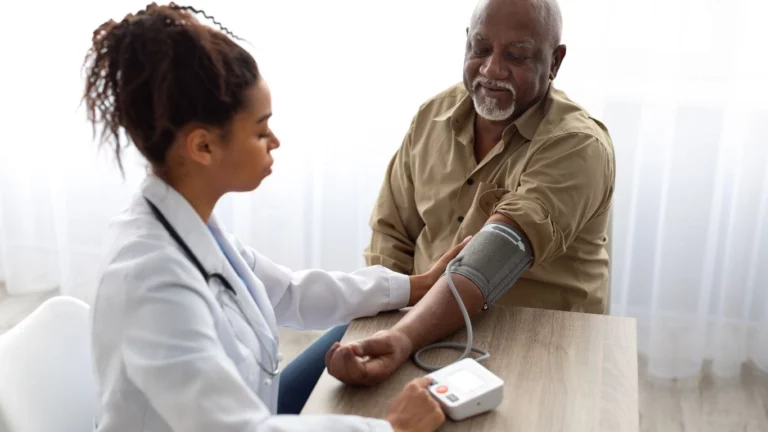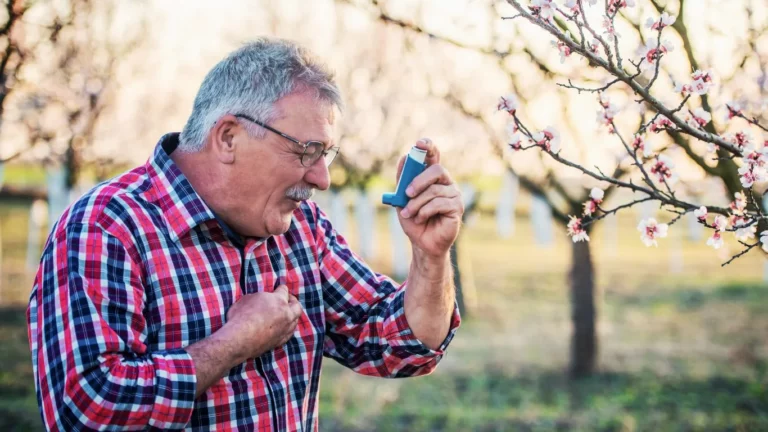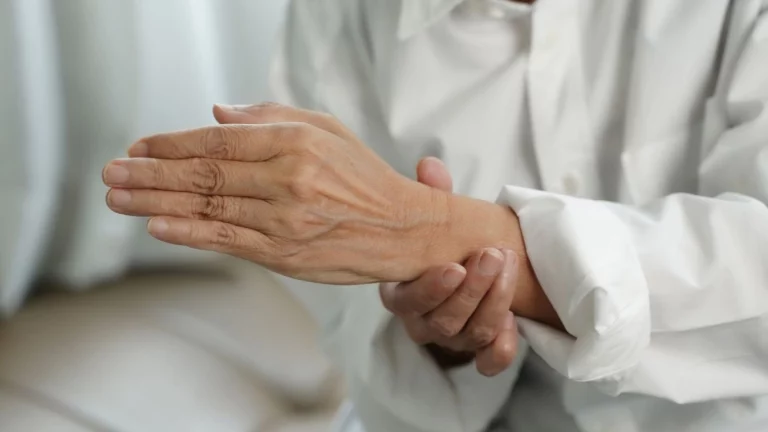How Physical Activity Can Relieve Rheumatoid Arthritis Pain Naturally
Rheumatoid arthritis (RA) is one of those conditions that affects millions of people worldwide, yet it often gets overlooked in terms of how it influences a person’s daily life. As a Rheumatology Nurse Practitioner, I’ve seen firsthand how this autoimmune disorder can impact not only the joints but also a person’s mental and emotional well-being. While medical treatments are important, there’s something else that can make a world of difference for those living with RA: physical activity. Yes, you heard that right—physical activity can actually play a huge role in managing rheumatoid arthritis. I know it sounds counterintuitive, especially when you’re dealing with pain and stiffness, but stick with me, because physical activity is often a game changer for those affected by RA.
The Connection Between Rheumatoid Arthritis and Physical Activity
We’ve all heard the saying “move it or lose it,” right? Well, when it comes to rheumatoid arthritis, that saying holds more truth than we realize. For individuals with RA, staying active might be one of the most important things they can do for their health. And here’s why: physical activity can help reduce inflammation, improve joint function, and even reduce the severity of pain over time. The key is doing the right kind of exercise, in moderation, and tailored to your individual needs.
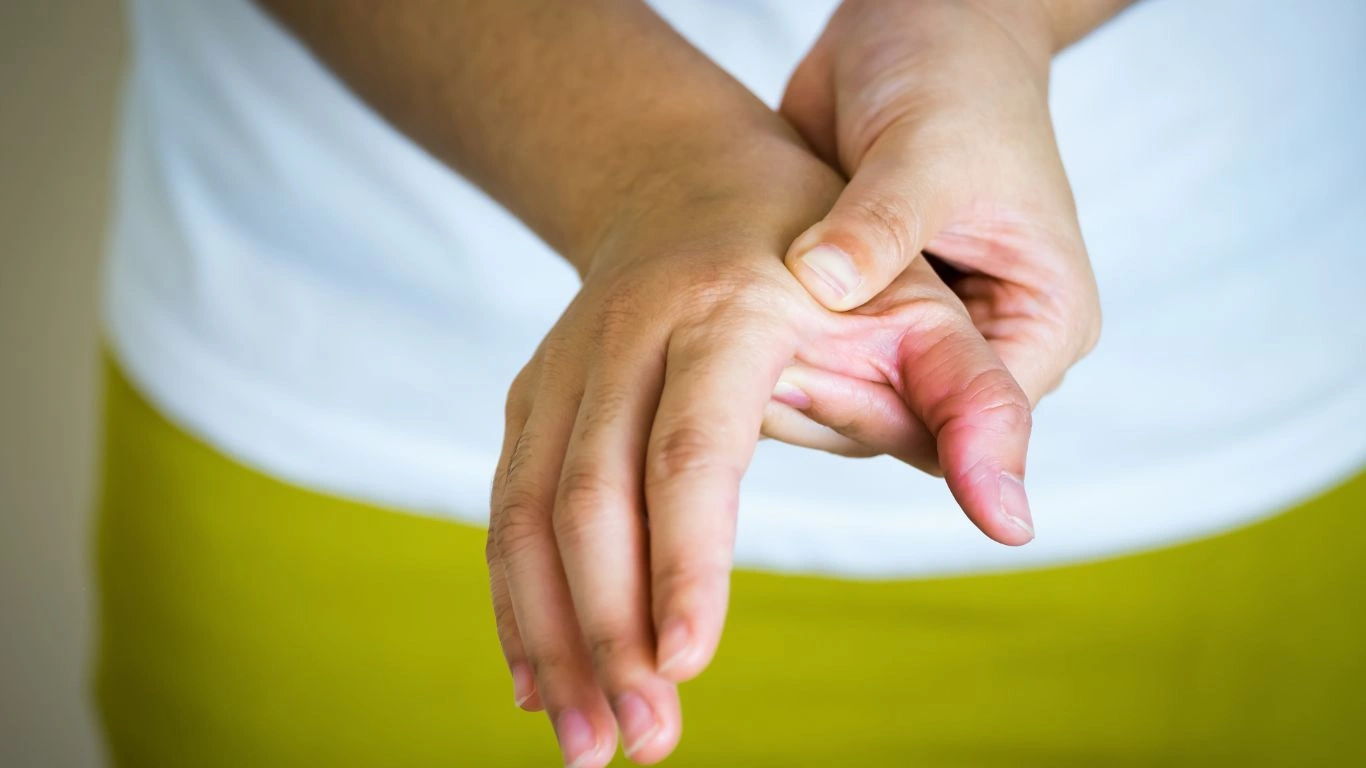
How Does Physical Activity Benefit Those with Rheumatoid Arthritis?
So, why is physical activity so crucial for those living with rheumatoid arthritis? First and foremost, RA is an inflammatory disease. It causes the immune system to attack the joints, leading to pain, swelling, and stiffness. This inflammation can make movement difficult and, in some cases, lead to a loss of mobility. But engaging in regular physical activity helps counteract some of the effects of inflammation.
- Reduces Inflammation: Regular exercise helps decrease the levels of certain inflammatory markers in the body. It’s like giving your body a natural anti-inflammatory boost.
- Improves Joint Mobility: One of the biggest complaints from RA patients is stiffness in the joints. Movement, even light stretching, can help maintain and improve flexibility.
- Boosts Strength: Strengthening the muscles around the affected joints can relieve some of the burden and pressure placed on them. The stronger your muscles, the less strain on your joints.
- Helps with Fatigue: RA often leaves people feeling tired and drained. Paradoxically, exercising helps combat this fatigue, giving you more energy in the long run.
What Types of Physical Activity Are Best for RA?
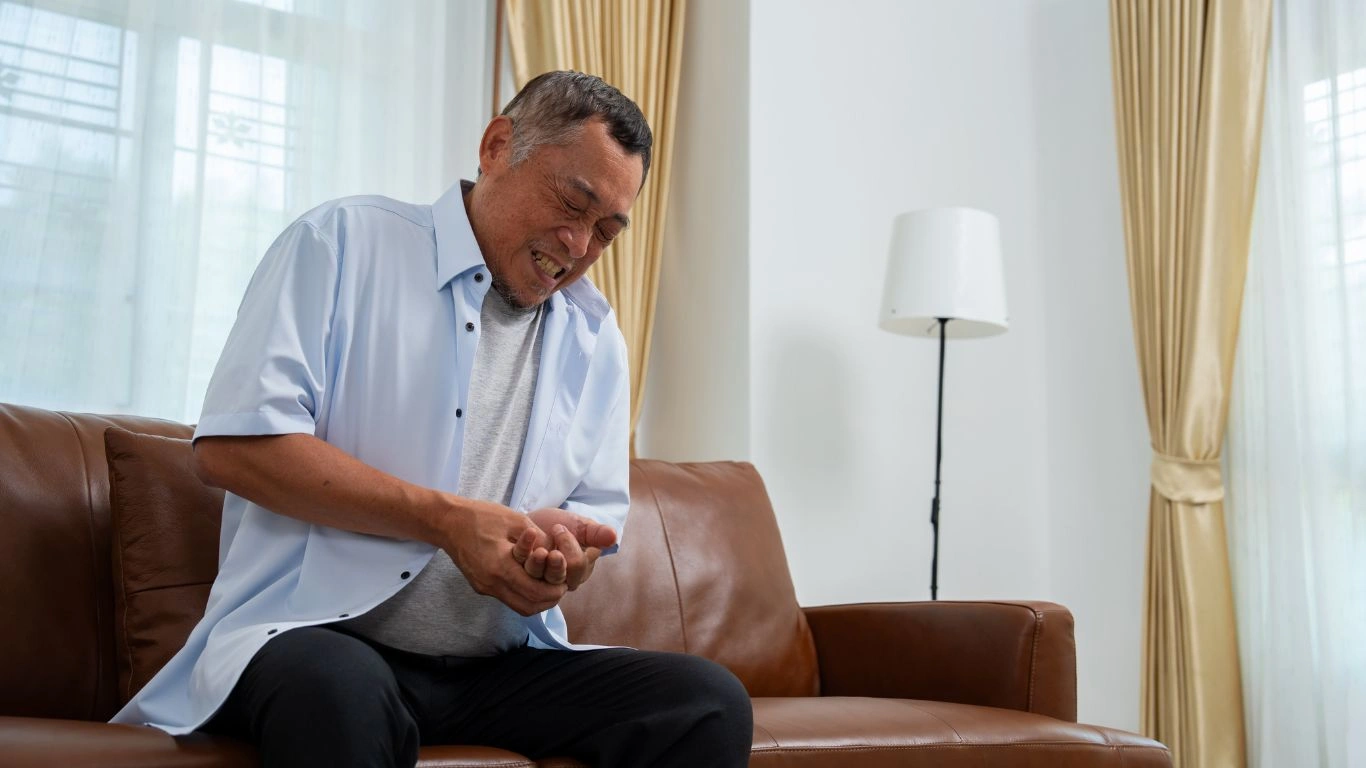
Not all physical activities are created equal when it comes to managing rheumatoid arthritis. While some forms of exercise can exacerbate symptoms, others are perfect for easing stiffness and improving overall health. So what’s the best approach? Well, it’s all about finding that sweet spot between challenging your body and not overdoing it. Let’s take a look at a few types of exercise that can be especially beneficial for those with RA:
1. Low-Impact Aerobic Exercises
Aerobic exercise is excellent for improving cardiovascular health, but when you have RA, you want to stick to low-impact options to avoid putting unnecessary stress on your joints. Think walking, cycling, or swimming. These exercises get your heart pumping and your blood flowing without straining your joints.
2. Strength Training
It might seem like strength training would be too tough for people with RA, but in fact, it’s one of the most important things you can do to protect your joints. Strengthening the muscles around the joints helps take pressure off the joints themselves, and it also increases bone density, which is especially important for people with RA, who might be at a higher risk of osteoporosis. Start with light weights or resistance bands and gradually increase intensity as your body allows.
3. Stretching and Flexibility Exercises
Flexibility exercises such as yoga or Pilates are great for RA patients because they focus on stretching, lengthening muscles, and increasing joint range of motion. These exercises can help prevent the joints from becoming too stiff and can actually relieve some of the pain and tension in affected areas. Just remember to listen to your body and avoid pushing yourself too hard.

4. Water-Based Activities
If you’re worried about the impact of certain exercises on your joints, water-based activities are a fantastic option. Swimming, water aerobics, and even walking in water provide resistance without the added strain of gravity. The buoyancy of water supports your body and reduces the stress on your joints, making these activities gentle but effective.
Understanding the Importance of a Personalized Approach
It’s critical to note that no two cases of rheumatoid arthritis are the same, so there’s no one-size-fits-all when it comes to physical activity. What works for one person may not work for another, and that’s okay! When I work with patients, I always emphasize the importance of personalizing their exercise routine based on their current physical condition, the severity of their RA, and their overall fitness level. This approach ensures that they are not overexerting themselves but still reaping the benefits of physical activity.
Getting Started: How to Incorporate Physical Activity into Your Routine
Okay, so you’re convinced that physical activity is essential for managing rheumatoid arthritis, but where do you even begin? I get it. Starting something new, especially when you’re dealing with a chronic condition, can feel daunting. But I’m here to tell you that the first step is often the hardest, and once you get into a routine, it becomes much more manageable. Plus, you don’t need to sign up for a gym membership or train for a marathon—small, consistent steps can make a world of difference. Let’s break down some practical tips for getting started with physical activity when living with RA.
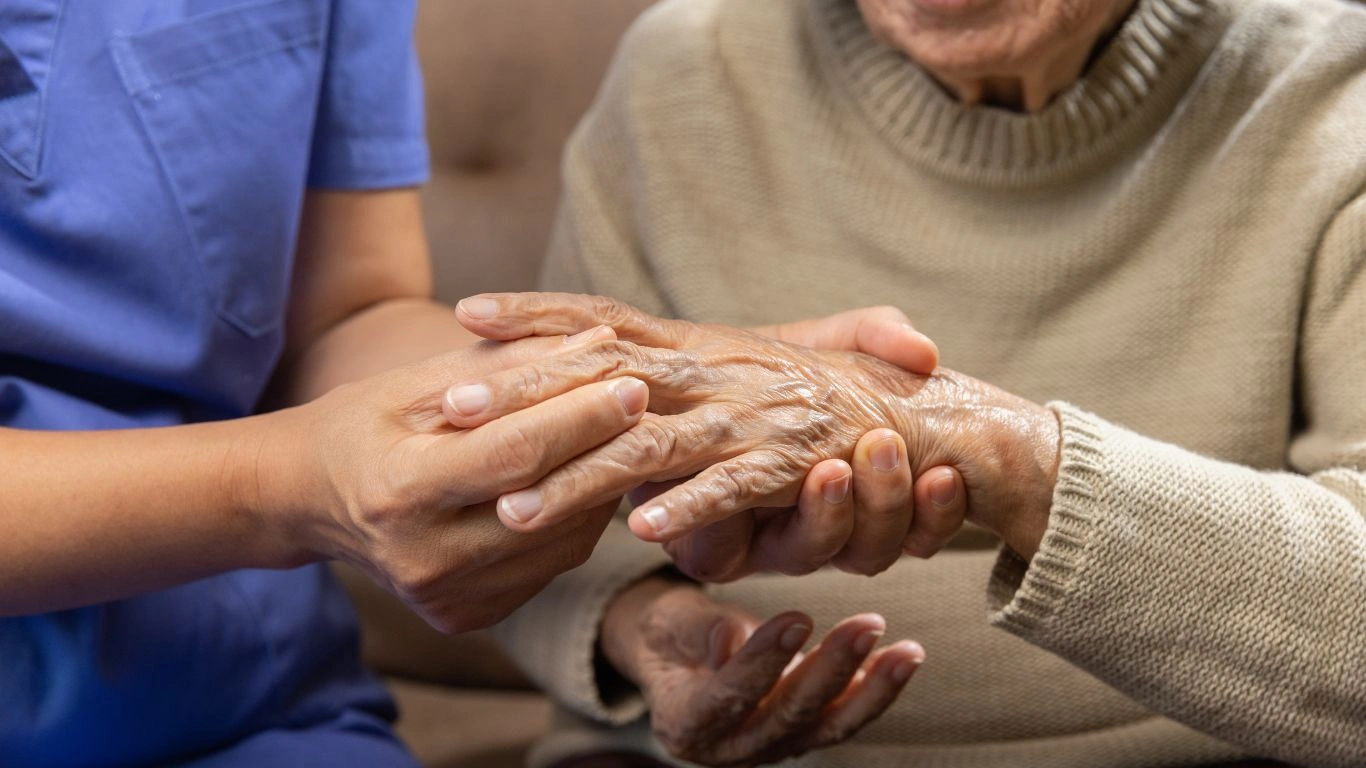
Start Slow and Build Gradually
When I work with patients new to exercise, I always stress the importance of starting slow. RA can cause joint pain, stiffness, and fatigue, so diving into high-impact workouts isn’t going to be the best approach. Start with short, low-intensity sessions. Even a 5-10 minute walk or a few minutes of gentle stretching can help. Over time, you can increase the duration or intensity of your activity, depending on how your body feels. It’s all about progress, not perfection.
One of the things I’ve seen work well with patients is setting small, achievable goals. Whether it’s walking for 10 minutes a day, attending one yoga class a week, or doing some stretching exercises in the morning, setting a goal gives you a sense of accomplishment. And it’s not about going all-out—it’s about consistency. I always tell my patients, “Little by little, one step at a time.”
Don’t Forget Warm-Ups and Cool-Downs
Now, this might sound like a no-brainer, but it’s easy to skip warming up and cooling down when you’re in a rush or excited to get started. But trust me, warm-ups and cool-downs are key when it comes to avoiding injury and managing pain. A simple warm-up could include light walking or gentle stretching for about 5-10 minutes before you start your main activity. This helps loosen up the joints and muscles and prepares your body for movement.
Likewise, cooling down after exercise is essential. It helps your heart rate return to normal and reduces muscle soreness. Gentle stretching at the end of your workout can also improve flexibility and keep you from feeling tight later on. It’s a simple step that makes a big difference.
Recognizing and Listening to Your Body

When living with rheumatoid arthritis, it’s crucial to tune into what your body is telling you. Physical activity should feel good and provide benefits, not worsen your symptoms. And yes, there will be days when you feel more tired or in more pain than usual—that’s normal. But it’s important to differentiate between discomfort from exercise and the pain that signals something isn’t right.
Recognizing the Difference Between Discomfort and Pain
There’s a fine line between discomfort from exercise (which is usually temporary and manageable) and pain that could indicate an injury or flare-up. Discomfort is common, especially when you’re pushing yourself out of your comfort zone. On the other hand, if you experience sharp, intense pain, swelling, or extreme fatigue, it’s important to stop and consult your healthcare provider. Pushing through pain can cause more harm than good, so don’t ignore your body’s signals.
And speaking from experience, some days are just harder than others. I’ve had patients tell me that they woke up feeling good but as soon as they started moving, they noticed more stiffness or swelling. On those days, it might be helpful to scale back and focus on gentler activities like stretching or using a foam roller. That’s the beauty of a personalized approach—some days you’ll be able to handle more, and other days, less. Both are okay.
Modify Exercises for Flare-Ups
If you experience a flare-up or have days when your symptoms are more intense, don’t be discouraged. During flare-ups, your joints might be more inflamed, making certain exercises feel like too much. On those days, consider modifying your routine. Gentle activities like swimming, water aerobics, or even deep breathing exercises can keep you moving without overexerting your body. I always remind my patients that physical activity doesn’t have to mean intense workouts—it can be about keeping the body engaged in a way that feels manageable.
The Role of Mental Health in Managing RA with Physical Activity

Managing rheumatoid arthritis isn’t just about dealing with physical symptoms—it also takes a toll on your mental health. Anxiety, depression, and stress are common in people living with chronic conditions like RA. And here’s where physical activity plays an even bigger role: It’s not only about strengthening muscles or increasing mobility—it’s also a powerful tool for improving mental health. I’ve had many patients tell me that even just a short walk outside helps clear their mind and lift their spirits.
Exercise as a Mood Booster
Exercise releases endorphins—those “feel-good” chemicals in the brain that can help reduce feelings of anxiety and depression. Whether you’re walking, cycling, or doing yoga, movement can serve as a mental reset. Many of my patients have reported feeling better emotionally and mentally after exercise, and this can be incredibly important when managing the ups and downs of RA.
Finding a Support System
One of the best things you can do is find a community or a workout buddy who understands what you’re going through. Support groups, both online and in-person, are often a great way to find people who are also navigating the challenges of RA. You can share tips, successes, and setbacks with others who truly get it. Having someone to lean on can make it easier to stay motivated and committed to your exercise routine, even when things get tough.
Staying Consistent with Physical Activity: Tips for Long-Term Success
By now, you’ve probably got a good idea of how important physical activity is in managing rheumatoid arthritis. But here’s the thing—staying consistent with exercise can be a challenge. It’s easy to get motivated for a few days or even weeks, but as life gets in the way, keeping up with a fitness routine can feel tough. As a Rheumatology Nurse Practitioner, I’ve seen how motivation can fluctuate, especially on days when the pain is more intense. But the key to long-term success is finding a way to stay consistent, even when things feel tough.
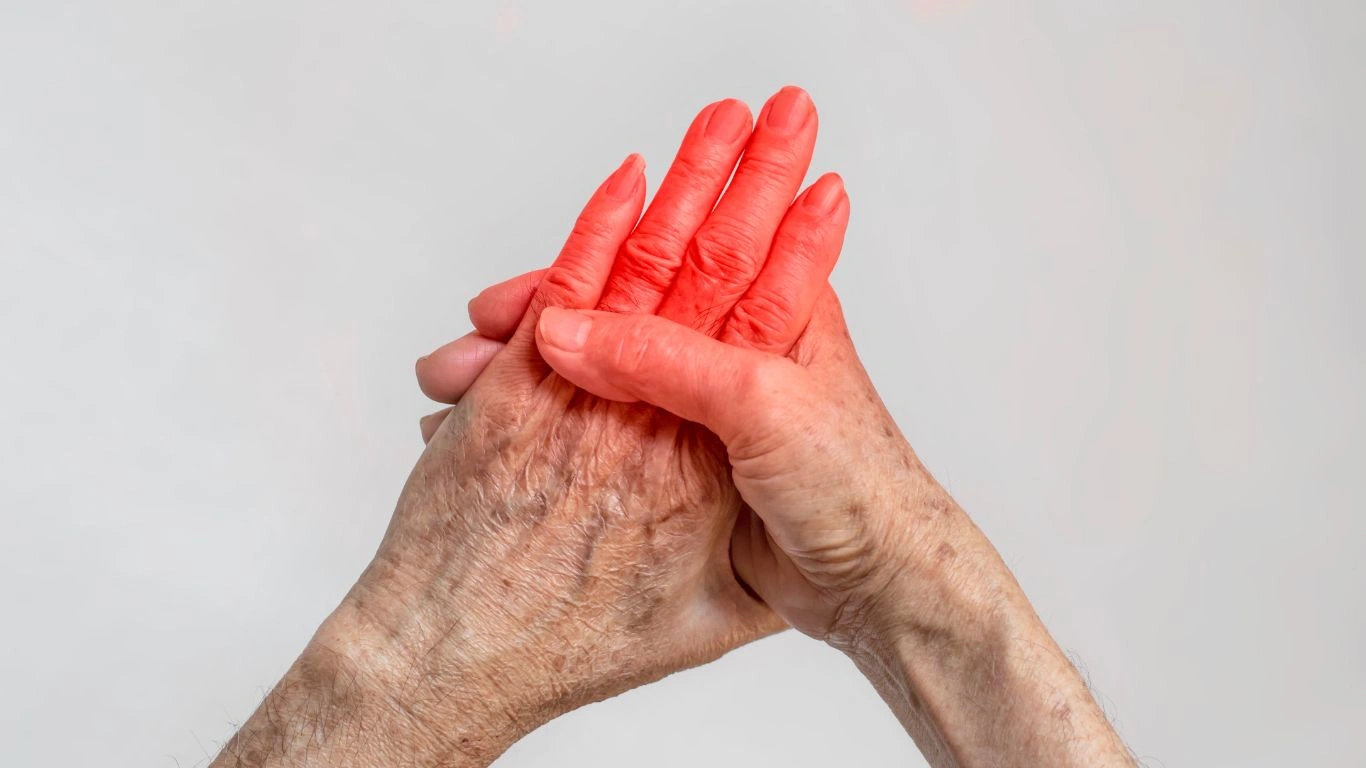
Building a Routine That Works for You
One of the most effective ways to stay consistent with physical activity is to create a routine that fits your lifestyle. It’s easy to let exercise slip when it’s not a regular part of your day. So, try to make it a non-negotiable part of your schedule, like brushing your teeth or having a cup of coffee. Start by setting realistic goals—whether it’s 3-4 times a week, or just 15-20 minutes each day. It doesn’t have to be an hour-long workout every time. The goal is to build a habit that sticks.
Also, don’t be afraid to mix things up! If you get bored doing the same thing every day, change it up. Alternate between activities like walking, swimming, strength training, or yoga. This not only helps keep things interesting but also targets different muscle groups, which can improve your overall mobility and strength.
Track Your Progress
Tracking your progress is a great way to stay motivated. It’s easy to forget how far you’ve come when you’re focused on your day-to-day struggles with RA. But by tracking your activity and how it impacts your symptoms, you’ll start to notice the positive effects—whether it’s less pain, better flexibility, or even just a better mood. There are plenty of apps and journals you can use to track your exercise and symptoms. I’ve had patients tell me that even simple things like keeping a note on their phone helped them stay on track. It’s those small wins that add up over time!
When Physical Activity Isn’t Enough: Complementary Treatments
While physical activity is a cornerstone of managing rheumatoid arthritis, it’s important to remember that it’s only one piece of the puzzle. In my experience, a comprehensive treatment approach works best when managing RA. This includes medications, physical therapy, and sometimes, changes in diet. For some, physical activity alone may not be enough to fully manage symptoms. But when combined with other treatments, it can make a significant difference.

The Role of Medications
As much as we love the idea of being able to manage RA with just exercise, sometimes medication is necessary. Disease-modifying antirheumatic drugs (DMARDs) are commonly prescribed to slow down the progression of RA and prevent joint damage. Biologic drugs, which target specific parts of the immune system, are also gaining popularity. The goal of medication is to reduce inflammation and manage symptoms, while physical activity helps keep your joints as mobile as possible.
In addition to DMARDs, some people with RA may also use pain relievers or corticosteroids to manage flare-ups. It’s important to work closely with your healthcare provider to find the right combination of treatments that works for you. Every person’s RA is unique, and what works for one person may not work for another. That’s why having open, honest communication with your doctor is crucial.
Physical Therapy: A Key Component
Physical therapy can be another great complementary treatment for those with RA. Physical therapists are experts in helping you regain and maintain strength, flexibility, and mobility. They can teach you specific exercises tailored to your condition, and they’re especially helpful for learning how to protect your joints while moving. I’ve seen firsthand how much physical therapy can improve a patient’s quality of life, and it’s often a valuable resource in the overall management of RA.
Diet and Nutrition: Fueling Your Body for RA
Another factor that can make a big difference in managing rheumatoid arthritis is diet. While exercise focuses on the physical aspect, nutrition plays a vital role in supporting the body’s healing and reducing inflammation. As someone who has worked with many RA patients, I’ve seen how small dietary changes can complement an active lifestyle and improve overall well-being.
Anti-Inflammatory Foods
There are certain foods known for their anti-inflammatory properties that can help reduce RA symptoms. Omega-3 fatty acids, found in fatty fish like salmon, sardines, and mackerel, are excellent for reducing joint inflammation. Eating a variety of fruits and vegetables, especially those rich in antioxidants like berries, spinach, and kale, can also help protect the body from inflammation. Whole grains, nuts, and seeds are other great options to include in your diet.
What to Avoid
On the flip side, some foods can exacerbate inflammation. For example, processed foods, refined sugars, and excessive amounts of red meat can promote inflammatory responses in the body. While I’m not saying you need to cut out every single comfort food, making mindful choices can support your exercise routine and overall treatment plan. Small dietary changes can go a long way in helping manage RA symptoms.
References
Disclaimer
This article is for informational purposes only and should not be construed as medical advice. Always consult with a healthcare professional before starting any new exercise or treatment regimen. The views and opinions expressed are based on my experience as a Rheumatology Nurse Practitioner and are intended to provide general guidance. Your specific health needs may vary, and it is essential to work with your healthcare team to develop a plan tailored to your unique condition.

Tarra Nugroho is a health writer and wellness researcher specializing in autoimmune conditions, with a particular focus on rheumatoid arthritis (RA). At Healthusias, Tarra combines scientific research with a conversational approach to help readers navigate the complexities of chronic inflammation and joint health.
In articles like “Best Supplements for Joint Health in Rheumatoid Arthritis: A Casual Guide,” Tarra explores evidence-based natural remedies and lifestyle strategies to support mobility and reduce flare-ups. Her work reflects a commitment to empowering individuals with practical tools for managing autoimmune conditions.
Whether you’re newly diagnosed or seeking holistic ways to manage RA, Tarra’s insights offer clarity and encouragement on the path to better health.
